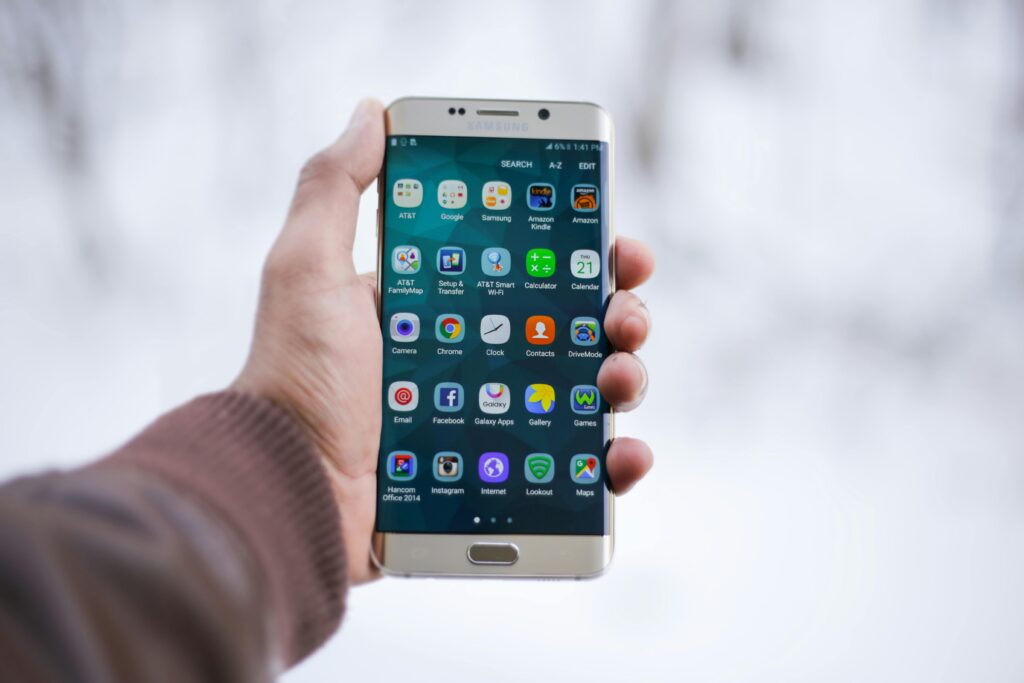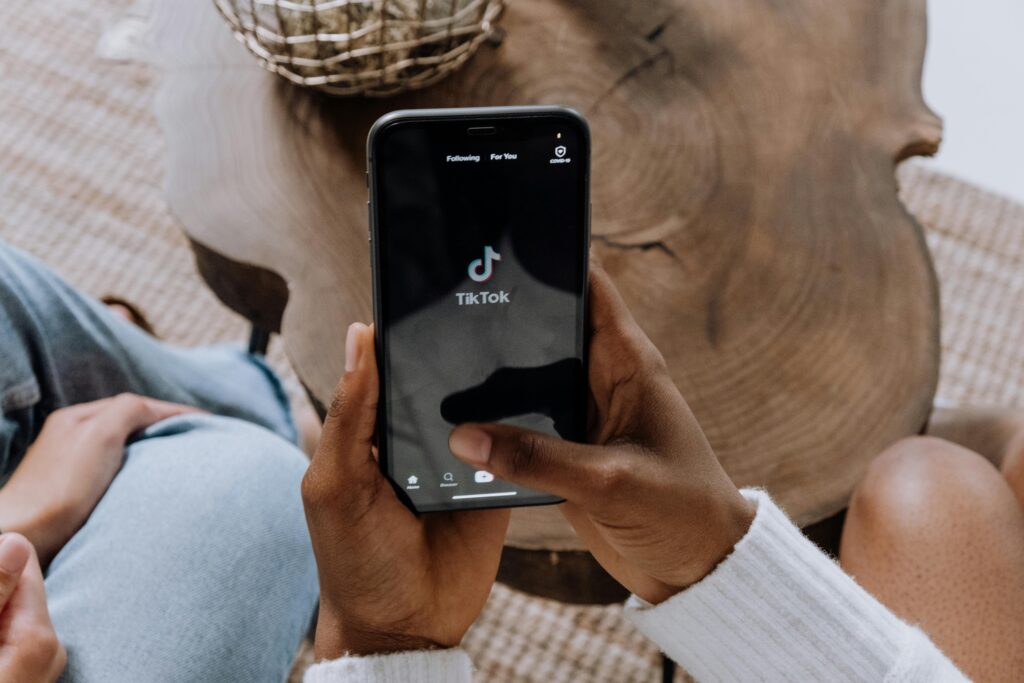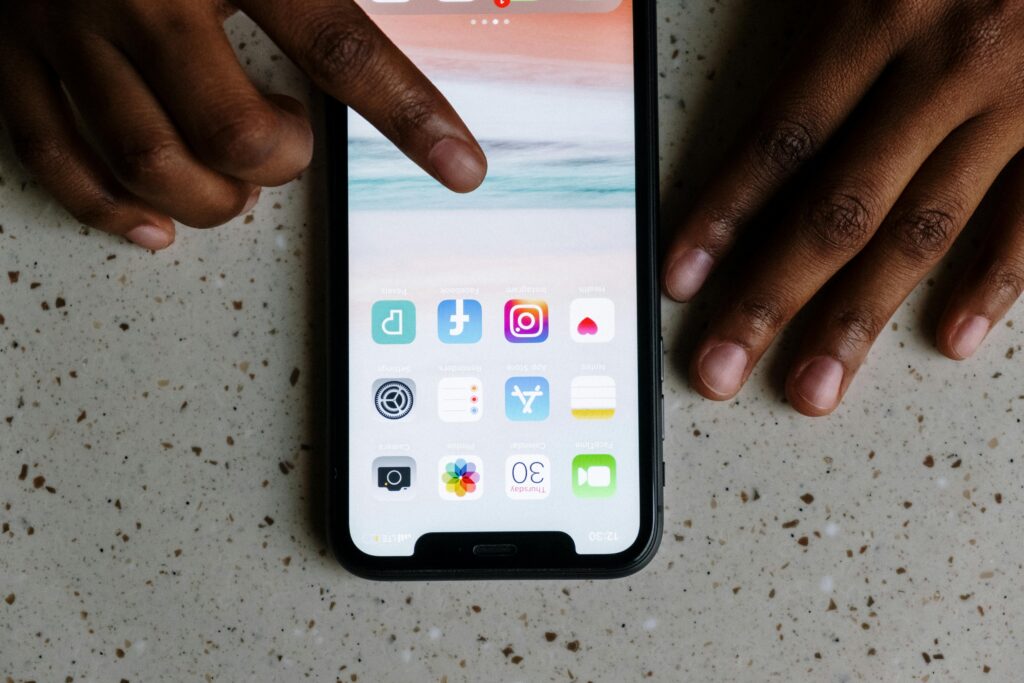How Much Do Apps Make From Ads in 2024? How to Earn More Today by Ashley Simpson
Originally published on www.nichepursuits.com
Monetization
The app market today is crowded with free apps, but their developers seem to be raking in the cash. They know that there’s a lot of profit to be had with mobile apps — if you know where to look. It turns out that there’s quite a bit of money at stake. How much do apps make from ads, and what can you do to start earning?
If you’re thinking about how you can make more with your app, here’s what you need to know about banner ads, video ads, and other monetization strategies.
Let’s dive in.
Overview: How Much Do Apps Make from Ads?

It’s the question on everyone’s mind when they consider launching their mobile apps: how much do apps make from ads? There are tons of ways you can monetize even free apps, and it all starts with a relationship with an ad network. Depending on the type of ad, you may make more or less money.
Last year alone, mobile advertising spending reached $362 billion with more growth slated for the year ahead.
You could be claiming a piece of that pie using in-app advertising in a variety of formats. Choosing the right type of ad can make a big difference. Banner ads pay the least, usually just a few cents for every click (cost-per-click payment method, which we’ll look at in more detail soon).
On the other hand, video ads tend to pay the most at up to $10 per click.
How Does Ad Revenue on Apps Work?

App developers should be aware of just how ad revenue starts to stack up — and that starts with ad impressions. Some mobile app ads will pay based on the sheer volume of eyes that land on their advertisement. This means you must drive people to your app and hope they watch the ads.
Other types of ads are going to pay out based on an action: generating a new lead, clicking through to a new landing page, or entering their contact information.
For both types of ads, you are going to be paid usually by 1,000 views, clicks, or actions. That means you need to take your impressions or clicks, multiply by the cost per mille (CPM), and then divide by 1,000. The more you can scale your app users, the more money you earn.
Even with just 1,000 app users a day, you can make decent money if your mobile apps are in the right niche.
Which Types of Apps Make the Most Money?

Mobile app owners are always looking for the next trend that could skyrocket their earning potential. From gaming apps to social media apps, you should consider how much apps could make from ads before you start thinking about market demand.
One of the most profitable apps from this past year was TikTok, showing that social media brands have staying power when it comes to mobile apps. It generated $2 billion in revenue completely on its own.
This proves that you could find great potential in communications and social media.
Second, you might consider gaming apps. They can make in-app purchases, display banner ads, play video ads between levels, and generally have ample opportunity for app ad revenue, regardless of theme.
Actions Required for Payment
Not all in-app advertising is created equal. You might earn more money from an ad network that allows you to be paid based on different criteria. Here are a few guidelines you might consider when implementing ad revenue with your app.
CPM (Cost per Mille)

This is the most straightforward way to calculate the average revenue of your app. The advertising networks will pay you based on every impression. That means the only thing you have to do is display advertisements in the interface of your app.
Usually, it is paid per 1,000 impressions, so you need to have decent traffic to your app to cash in on this trend. That being said, CPM ad revenue is usually lower than other types of app ad revenue, including cost per click and cost per action.
In the United States, CPM was usually valued around $13 to $14.
CPC (Cost per Click)

Cost per click falls right in the middle of ad revenue for those who have a particularly engaged audience and can target them with specific ads that they’re likely to want to learn more about. In this instance, you are paid not just for an end user viewing the ad. Instead, they must click on the ad to be directed to another landing page or app.
Depending on the niche of your ads, you could be paid a few pennies per click or up to $0.50 per click.
CPA (Cost per Action)

Last but not least, you have the highest-paying in-app advertising: cost per action. In this case, your user isn’t just clicking on the advertisement. Instead, they are taking action with the company. The specific action they take will vary, but it might look like:
- Signing up for a free quote
- Entering their email address
- Making a small purchase
In this scenario, your user engagement is no longer simply passive. They are ready to buy, so marketers are willing to pay premium prices for cost-per-action advertising. You’ll earn more but likely have a lower success rate, so it may balance out.
Average Revenue for Different Ad Types
In addition to the different ways mobile apps can pay for advertising, you can employ several different types of advertisements. App developers should familiarize themselves with these top five types of advertisements and their estimated ad revenue.
Rewarded Video Ads

Rewarded video ads are a great way to keep users engaged with your mobile apps while also making it more likely they’ll watch the ad in its entirety. If they don’t skip past the mobile ad, they are granted a reward when they return, including in-app currency, extra lives, bonus content, and more.
They will be more motivated to click and engage with an ad if they get something in return.
Still, these types of ads tend to pay fairly well, with an average payout of about $9 to $17 per 1,000 impressions.
Interstitial Ads
Interstitial ads are those that take up the full screen as a pop-up when you come to a logical break point in the mobile app. Users don’t have to watch them in their entirety and usually have an exit button in the corner of the screen. However, they usually must watch for at least a few seconds first.
Offerwall Ads

Another option that could jumpstart your mobile app revenue is offerwall ads. These allow your users to earn more in your app and are frequently used in mobile games. Players can shop the store for extra actions that will earn them more playable content, in-app currency, bonus levels, and more.
Plus, people may make more in-app purchases that can supplement free apps with an extra source of income (more on ways to monetize your app in a bit).
According to IronSource, these offerwall ads are one of the highest paying with some US markets commanding up to $940 per 1,000 impressions.
Banner Ads
Unfortunately, banner ads are one of the lower-paying ad formats, but they can be easy to implement in a growing app. Because they don’t require people actually to engage with the content at all, it’s a more passive strategy for brands.
Companies won’t make as much money from banner ads and therefore can’t pay app developers the high monetary value of offerwall ads or interstitial ads.
Don’t be surprised if you make very little money off banner ads. You will likely only be paid a few cents for each impression.
Native Ads

Native ads are a little different than interstitial ads in their presentation and function. Where interstitial ads tend to take up the whole screen and are obviously not a part of your mobile app, native ads blend in with the design of your program. They are still advertisements, but they fit more seamlessly with the content in the app.
These types of ads are great stepping stones from banner ads to higher payouts. They tend to pay about $10 per 1,000 impressions (almost 10X more than banner ads pay).
Other Ways to Monetize an App
If you’re starting to feel overwhelmed by the prospect of ad placements in your latest mobile app, it might be time to consider monetizing in other ways. Here are some ways you can make more money, even with free apps.
In-App Purchases

Once your users are hooked on your game, you might have an easier time getting them to part with their hard-earned dollars for a little extra content. Some of the most common in-app buys aren’t a necessary part of the play experience. Instead, they might be able to buy more in-app currency, extra lives, or certain supplies.
You could also use these in-app purchases to peddle your wares if you have merch related to your game.
Consider print-on-demand companies so that you only have to order exactly what you need. Print-on-demand makes it easier for you to break into the realm of physical products.
Subscriptions
You want to keep your app free for people to download it and benefit from your services, but maybe they need to pay to use it past a certain point. This is where the subscription model can come into the picture. If they want to keep using it after a free trial, they might have to pay for a monthly (or annual) subscription fee.
Is there any money in a subscription model?
Chances are you’ll be surprised at just how many people are willing to pay to keep using an app they love and benefit from. In 2022, subscription-based apps netted $17.1 billion. That’s only likely to keep growing as the years pass.
Affiliate Marketing

Maybe you’re already familiar with the affiliate marketing model on your niche site or blog. This is where you advertise for a company, product, or service to your own audience. When someone buys using your unique referral link, you get a cut of the profit. The same business model can also be used in apps.
Think about what programs or services might be the best fit for your end users. You can sign up or start to negotiate terms for a mutually beneficial partnership. This is very similar to a CPA payment because you’ll only get paid if someone becomes a lead or completes a sale.
Learn more about affiliate marketing for beginners here.
Freemium Apps
Another way you can start to capitalize on your audience is by offering freemium apps. This means that the very basic function of your app is available to anyone for free on the app stores. People can start with it and keep using it for free, but they’ll find more benefits if they upgrade to a premium model.
Why would someone be willing to pay for your app if they’re already using a version of it for free?
The important thing here is to ensure that you are providing excellent value in the free version so that they’ll be tempted to spend money to unlock even more great features. If you can deliver on this promise, you’ll soon have a wider audience looking for your services.
Final Thoughts: How Much Do Apps Make from Ads & Can You Cash In?
Are you ready to start figuring out how you can leverage user engagement and in-app advertising to boost your revenue potential? Both iOS apps and Android apps offer great opportunities when it comes to earning from ads. All you have to do is partner with an ad network or leverage one of these core strategies to get your business out there!
For more information on creating an app, here are some of our best resources:

